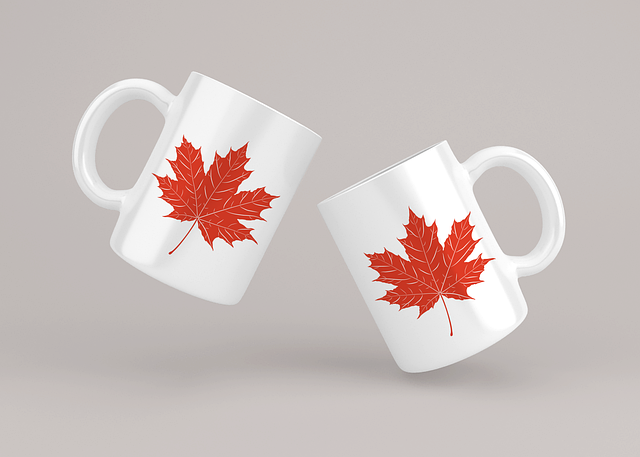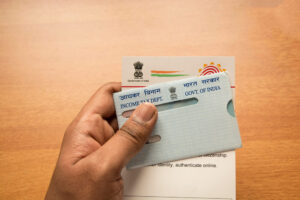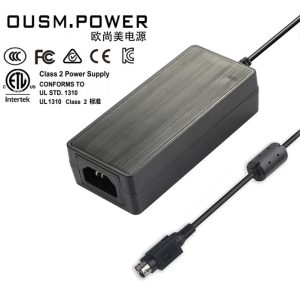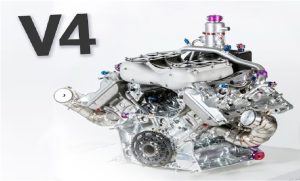Guide About The Method Used To Mug Printing In Dubai

The customized mugs will be printed using one of the five printing processes below, whether you want to buy custom coffee mugs to promote your brand, gift them to a loved one, or get them for yourself. Before we go over the various methods for creating customized mugs, let’s have a look at some of them. You can visit online about mug printing in Dubai
Direct screen printing:
For simple designs, this is the most popular and the most cost-effective. It’s great for printing mugs in quantity because it quickly transfers the picture to the mug’s body.
In the direct screen printing process, an image can print directly onto the rotating body of the cup, as the title suggests. When the customer sends a design, the procedure begins. To ensure that designs have smooth borders and vector graphics can require as part of the order process. The drawings are divided into line colors. Then it can use to create different screens for the procedure. The direct process produces a clear and bold color image. Especially on the shiny glaze surfaces of most earthenware and bone china mugs. However, thanks to the separate colors can provide by each screen.
Digital printing:
Only white cups can use in this procedure. The design can print directly onto the paper, overcoated. Then transfer to the mug by hand, similar to a laser printer. It’s popular in photography because it makes pastel colors pop. The digital method utilizes advanced laser and ionization techniques. It allows for the customization of a lot of mugs.
Unlike traditional screen printing processes that use line color. The digital technique recreates the image in its full-color form as a particular file. After that, the image can print as a digital tone print on comparable paper that can use in transfer printing.
Colors can carefully adjust to elevate and enhance the available colors in the process of a crucial element of print management. The magenta in the digital enamel range is not as strong or brilliant as the magenta used in screen printing. As a result, some rich, deep red colors appear a little weaker, while pastel colors shine.
As with a transfer print, the final digital print can cover coated before water slid into position to design the mug. Because the print requires a top surface to keep the pattern in place. The final print may produce a small, weak transparent keyline. The procedure is best suited to white glaze and for the colors to obtain the best effect.
Litho or transfer printing:
This process is when the designs demand a human touch and have a little more detail. The design can produce on paper, screened, and then transfer to each mug by hand. If the cup has a complex shape or if it needs to wrap around the mug, this is the way to go. It also has a wider color than direct screen printing.
Transfer printing can utilize surfaces that cannot be printed on traditional forms. Such as the delicate curve of a coffee pot or the lip of some bone china cups. This method produces a precise, well-placed image with a carefully registered print that can be put to practically any surface.
The color separations are printed on a special wax-coated paper using a screen. The color will stay on the wax’s surface and will not be rolled or pressed in. After the print is complete and has had time to dry, a clear coating is applied to the whole print. A cover coat can use which is effective as a gelatinous coating that binds the print together.
When the cover coat and print are wet in warm water. They slide away from the wax surface and can be put into place on any surface. This method can use on a beaker’s back or front label, a full wrap design, the well and rims of a plate, and even inside the rim of a mug.
Dye-sublimation printing:
DSP has been around for a long, but it’s just recently made its way into the mug world. The use of organic dyes allows for a very vibrant design without the use of a kiln. It accomplishes this by transferring the design on paper. Then adhere it to the cup while applying heat directly to the image.
Dye sublimation is a relatively new technology that uses a printed transfer and heat to fuse images into the surface of earthenware or bone china. Unlike other methods, dye sublimation allows us to print modest quantities of high-quality patterns sometimes even in-house. Photographs and other artwork that cannot be vectored are ideal for the dye-sub.
3D printing:
It isn’t a printing method in a traditional way. It involves embossing the cup with clay to give it a three-dimensional look. So, it enhances the end product’s quality and can help a logo, brand, or design stand out. Mug printing is now increasingly demanded by buyers.
Before glazing, this method entails shaping and molding a piece of clay onto the outside of the ware. Transfer printing can use to color the raised surface, just like the transfer printing technique. The end product gives your business a unique and distinctive visual component. It ensures you stand out from the crowd in more ways than one. For best printing results you must visit Mug printing in Dubai.







